Posted on April 8, 2015
Pillars of Eternity Review
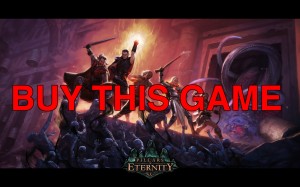 I did not like Baldur’s Gate. In fact, I hated Baldur’s Gate. Like, a lot. I tried playing it when it was released, and I couldn’t get into it. I tried playing it again after The Entire World said is was amazing, and I still didn’t like it. I tried playing its sequel, but nope. Same thing.
I did not like Baldur’s Gate. In fact, I hated Baldur’s Gate. Like, a lot. I tried playing it when it was released, and I couldn’t get into it. I tried playing it again after The Entire World said is was amazing, and I still didn’t like it. I tried playing its sequel, but nope. Same thing.
Then, very recently, I went back and played them again, determined to complete each game and see if they finally clicked with me. The results were kind of hilarious. (Check out what happened for yourself: Baldur’s Gate 1 and Baldur’s Gate 2.) I still despise the first game. It’s a disjointed, broken mess and I don’t care what anybody says. The sequel makes significant improvements, and I actually enjoyed playing bits of it, but ultimately came down on the side of still hating it. It’s like it can’t decide whether it’s an open game or a fixed narrative on a linear path because it’s constantly bouncing back and forth between the two. And both games are way too in love with their own writing, especially when you consider the fact that story is really nothing more than Defeat Evil Bad Guy. Repeatedly.
And so it was with great trepidation that I gave in to peer pressure and decided to try Pillars of Eternity. I didn’t expect much from it, seeing as how it’s the spiritual successor to the Baldur’s Gate series and all of the Infinity Engine games in general. But a funny thing happened when I loaded it up. I freaking LOVED it.
I’m not even sure how this game so good, as it certainly doesn’t have any right to be as spectacular as it is. First, it’s a low-budget indie title funded by Kickstarter – something which almost always goes horribly wrong. Second, it uses Unity. Which, while nice for cross-platform portability, is a fairly awful engine that performs somewhere between a three-toed sloth and a narcoleptic garden snail when it comes to optimizations. Third, it faithful recreates the Infinity Engine, albeit with a contemporary sensibility. And finally, it’s the aforementioned spiritual successor to a game I hated. And yet, it’s AMAZING.
So what does Pillars of Eternity get right that the Baldur’s Gate didn’t? Pretty much everything.
For years, I thought something was wrong with me for not liking the Baldur’s Gate games, when it seemed like every other self-respecting geek on the planet loved them. Then, along comes this game and I realize that it wasn’t the Infinity Engine I hated, nor was it the style of RPG that Baldur’s Gate unleashed upon the world (there’s a fairly big difference between pre-crash RPGs and post-crash RPGs; before the dearth of significant RPGs in the mid ’90s, think Ultima-style games, with Baldur’s Gate (along with basically every Bioware RPG that followed) making up the post-crash landscape). It turns out, what I didn’t like about Baldur’s Gate had nothing to do with the style or the engine. What I didn’t like about Baldur’s Gate was that Baldur’s Gate just wasn’t a very good game.
But Pillars of Eternity is a great game.
First, the writing in PoE is actually good, as opposed to the scattershot narrative structure of the BG games, along with the fairly ham-fisted punches it takes at the language. When BG tried to be funny, it fell flat. When it tried to be dramatic, there was no sense of urgency. When it tried to inspire, it bored. Granted, RPGs have never had the most intricate of stories, but a story is never about the plot. A good story isn’t about what happens; a good story is about the telling. And Baldur’s Gate just failed on all counts. It introduced major characters just before it needed them, which led to a lot of sudden appearances of characters in the late game you were expected to care about, but didn’t. It left out key plot elements until it decided they were important, then forgot about them again. It was just…a mess.
Pillars, on the other hand, has created a vast, dense world filled with excruciating detail – and then it doesn’t tell you about any of it. At first, I faulted the game for this, as it’s a new and unfamiliar IP with foreign themes and concepts players aren’t familiar with, so we need a cipher to run the new information through. This is kinda/sorta done with your character being new to the game’s location, but the narrative still expects the character to be familiar with some general themes that the player isn’t well versed in. As a result, the beginning of the game is an overwhelming cacophony of names, places, gods, souls, history and lore that will go entirely over the player’s head…until it doesn’t.
And that’s a key point about what makes PoE’s narrative structure so superior to Baldur’s Gate’s. It rewards exploration and patient uncovering of new details that are slowly sprinkled into the mix, like adding a bit of flour to a whirring stand mixer a little bit at a time. Eventually, the dough thickens and you can start dumping it in faster, which is when this stupid baking metaphor ends and the game really picks up. Suddenly, at some point during your journey, everything just begins to slot into place, the narrative gears engage and the great machine of the plot starts moving. It’s skillfully done, and something to admire.
Second, there is no D&D in PoE. And, while you can certainly spend a very long time in character creation, it’s not because you’re fretting over a million stats and numbers like BG forced upon players. Instead, you’re considering options in PoE. The various character classes play vastly different from one another this game, and each in turn can play very differently from even other characters of the same class, depending on the skills and talents the player chooses. It’s not about numbers numbers, math, math, math in Pillars. It’s about character and organic development, which is a definite plus. The spell casting system also makes sense now, because…well, if you want to know what I think about D&D’s lunatic approach to magic, go read my Baldur’s Gate 1 feature. But for now, I’ll just say that I like PoE’s approach much, much better – even if the end result is almost (but not quite) the same.
Third, the environments in PoE aren’t static. Yes, they’re pre-rendered just as they were in the old Infinity Engine, but Obsidian has infused them with motion here and there. It breathes a sense of life into the backdrops that elevates them from being pretty pictures your characters walk around but never really fit into, and lifts them up into being actual environments you explore. This was a major gripe I had with the Infinity Engine, back in the day. I liked my environments to at least feel real, even if they weren’t. I came from the Ultima-era of world simulation, and being dropped into the Look But Don’t Touch static landscape of the Infinity Engine was just painful.
Fourth, PoE never feels like a slog. There are fetch quests, sure. And tons of sidequests, but none of it ever feels like filler. In contrast, Baldur’s Gate 2 had entire, vast sections of required, linear progression that was nothing but padding. (The fish people come to mind, along with the whole of the Underdark segment.) In PoE, the sidequests are interesting, and exploring new areas to complete them actually feels like exploration. There’s a risk/reward mechanic to charting new areas, as there’s almost always something new to discover, along with a quite likely encounter of Things That Will Murder You.
Fifth and finally, the scripted party members in PoE aren’t obnoxious, useless twats – and they’re entirely optional. You can build your own party of mute lackeys who will do your bidding, if you want – which is what I expected to do, after my hatred of all things Imoen. But I haven’t. I’ve kept my scripted party members because they’re not annoying. They don’t jump in to stop my game and suddenly crywhine at me every five seconds about this sidequest or that drama. They banter, sure – but they don’t interrupt gameplay to do it. And when they have something new to talk to me about, the game lets me know by gently placing a chat bubble on their portrait rather than wresting control from me until I click through incessant dialog that is both poorly written and badly executed. Pillars knows when to be concise and when to be verbose, and I actually find most of my party members interesting.
There are a bunch of other things PoE gets right that Baldur’s Gate didn’t. Things like variable speed control for when you want your party to move their asses across the map without having to go make a cup of coffee or read all the Harry Potter books before they get there, and being able to click inside the Fog of War to move into unexplored terrain is a definite plus. Party management is easier, the Stronghold is actually a fun diversion, pathfinding actually works, rest-spamming isn’t an issue, unused party members can still be useful, new classes that breathe life into old tropes, etc… The list is long, and probably better covered by other people who write about such things for a living. Just know that the improvements are vast, and worthwhile.
In short, just shut up and go buy Pillars of Eternity. If you’ve ever liked RPGs, you will love it. Even if you hated Baldur’s Gate or any/all of the Infinity Engine games – especially if you hated them – you owe it to yourself to play a game that finally gets it right. And boy, does Pillars of Eternity ever get it right.
Get Pillars of Eternity DRM-free for $44.99 over at GOG.com.
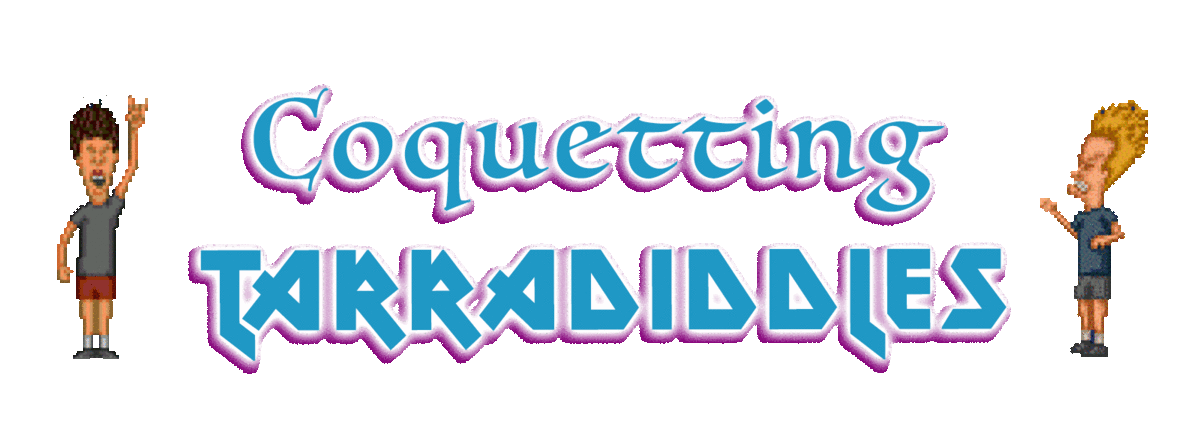
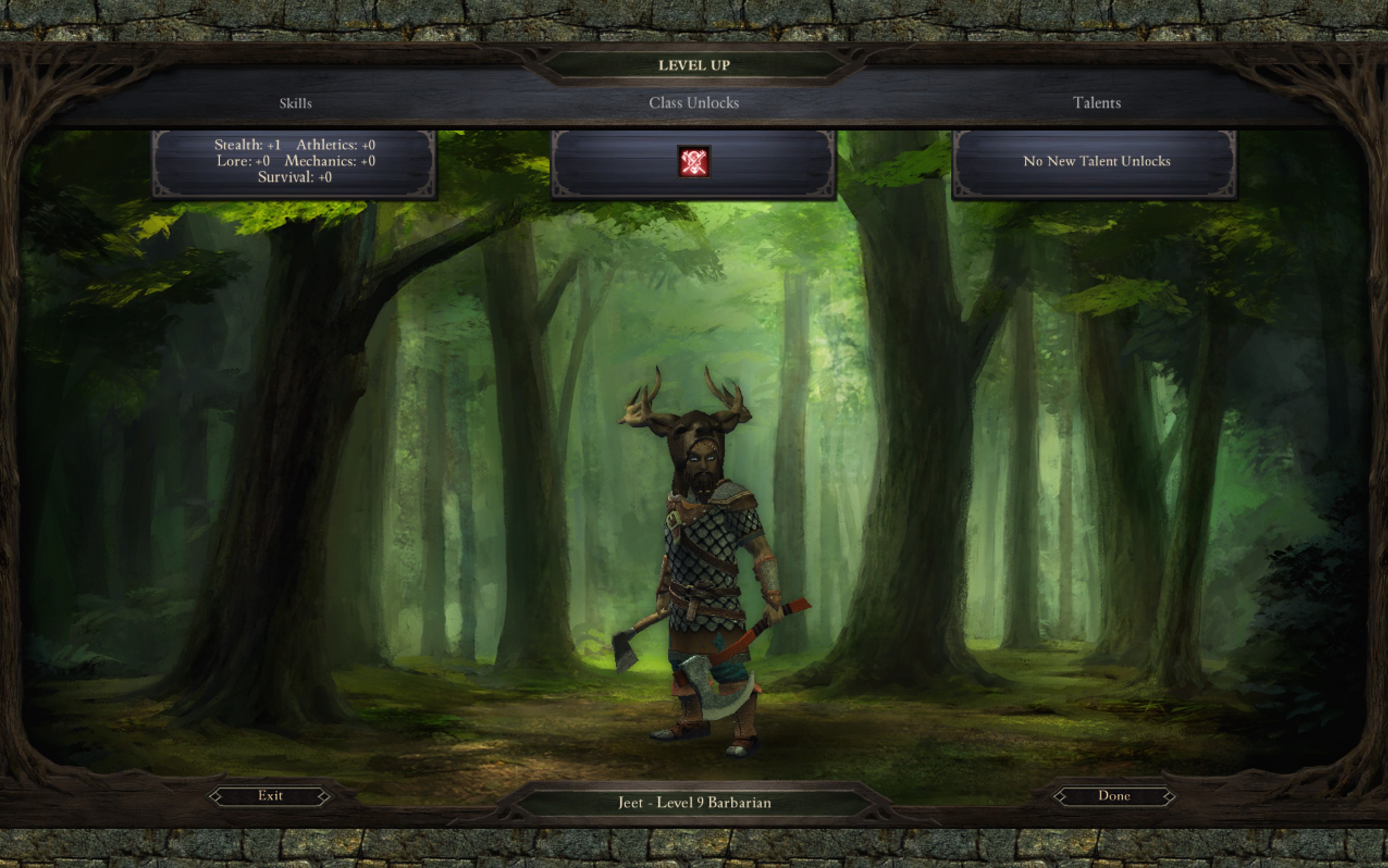
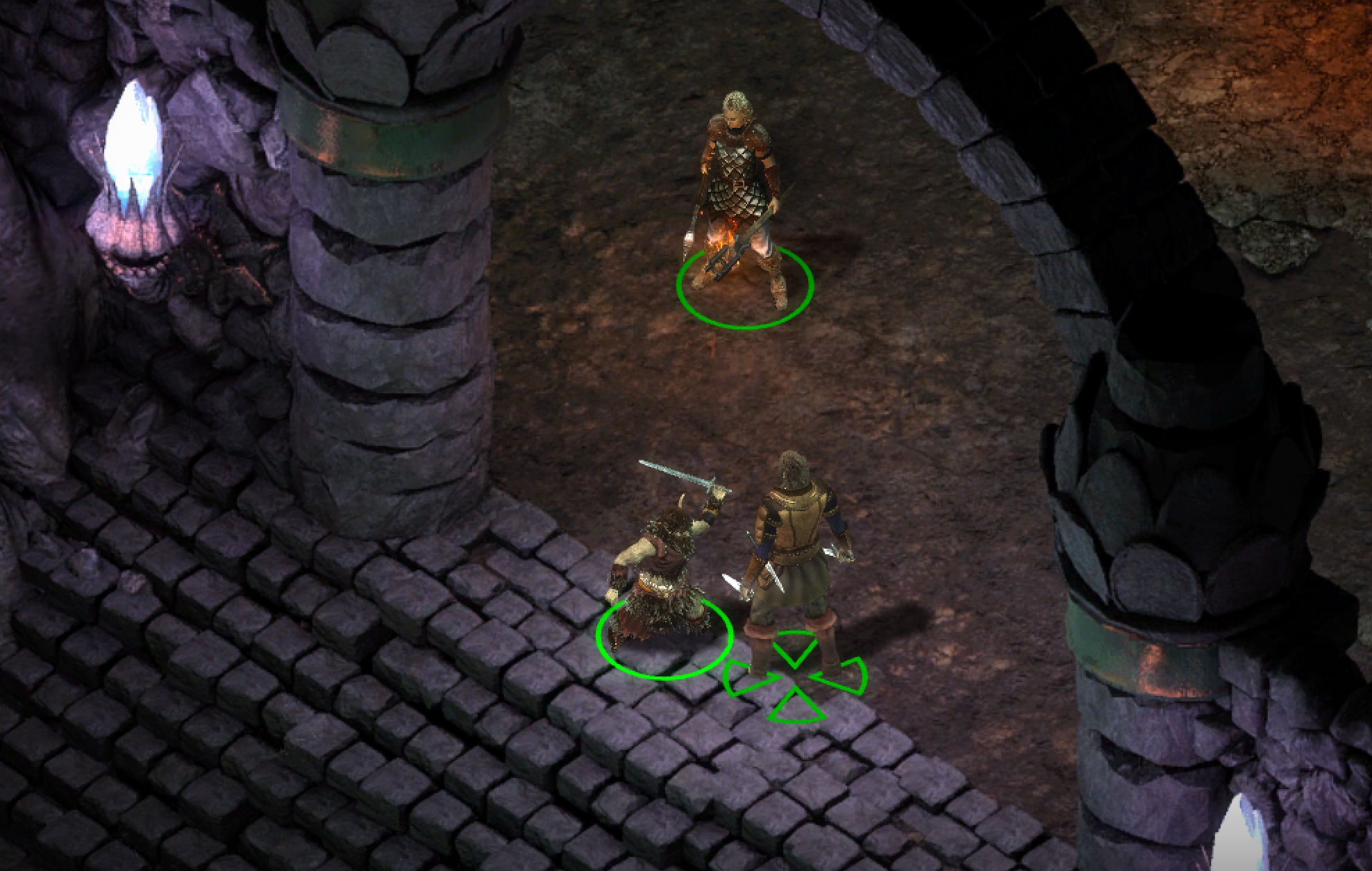
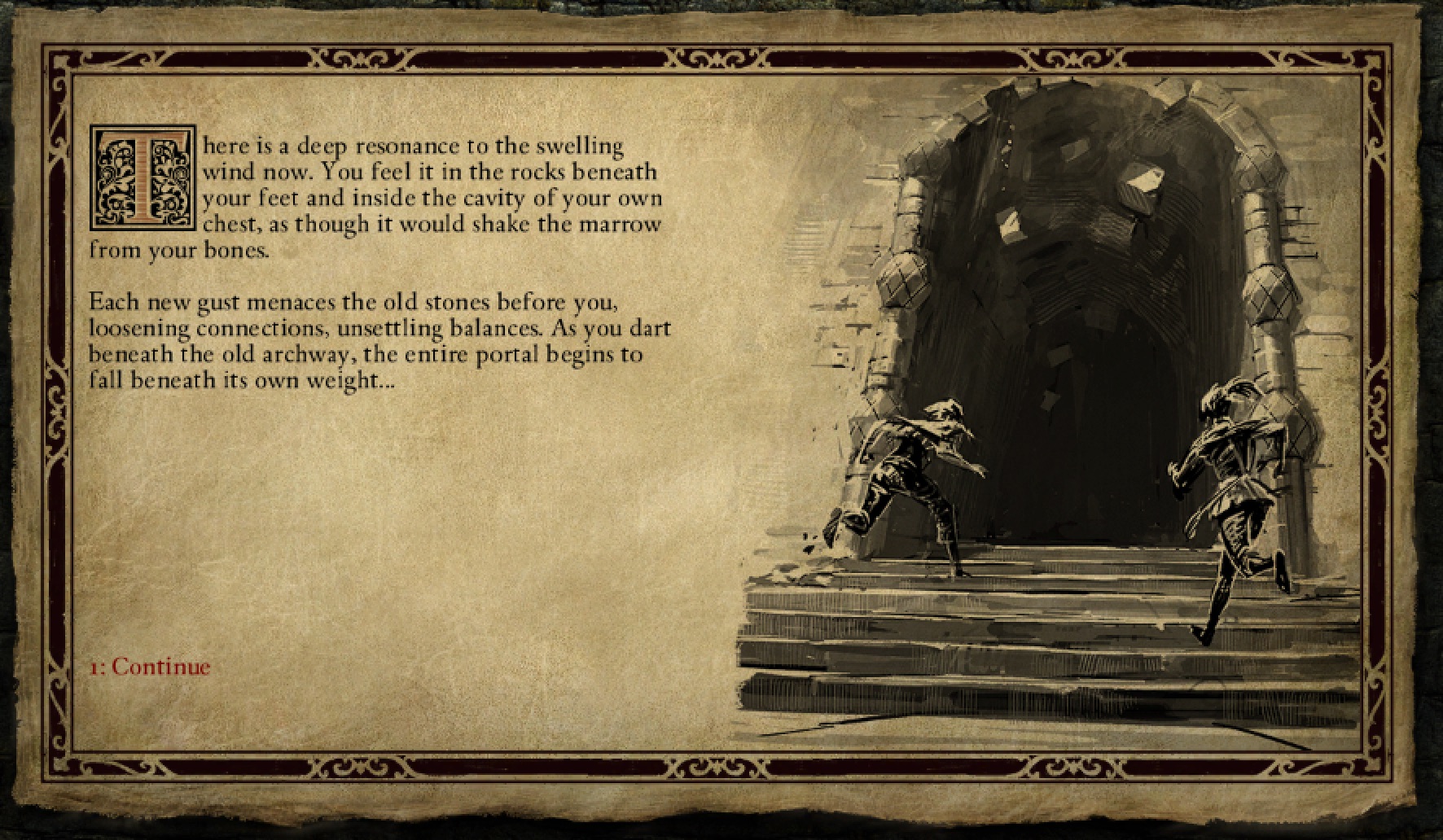
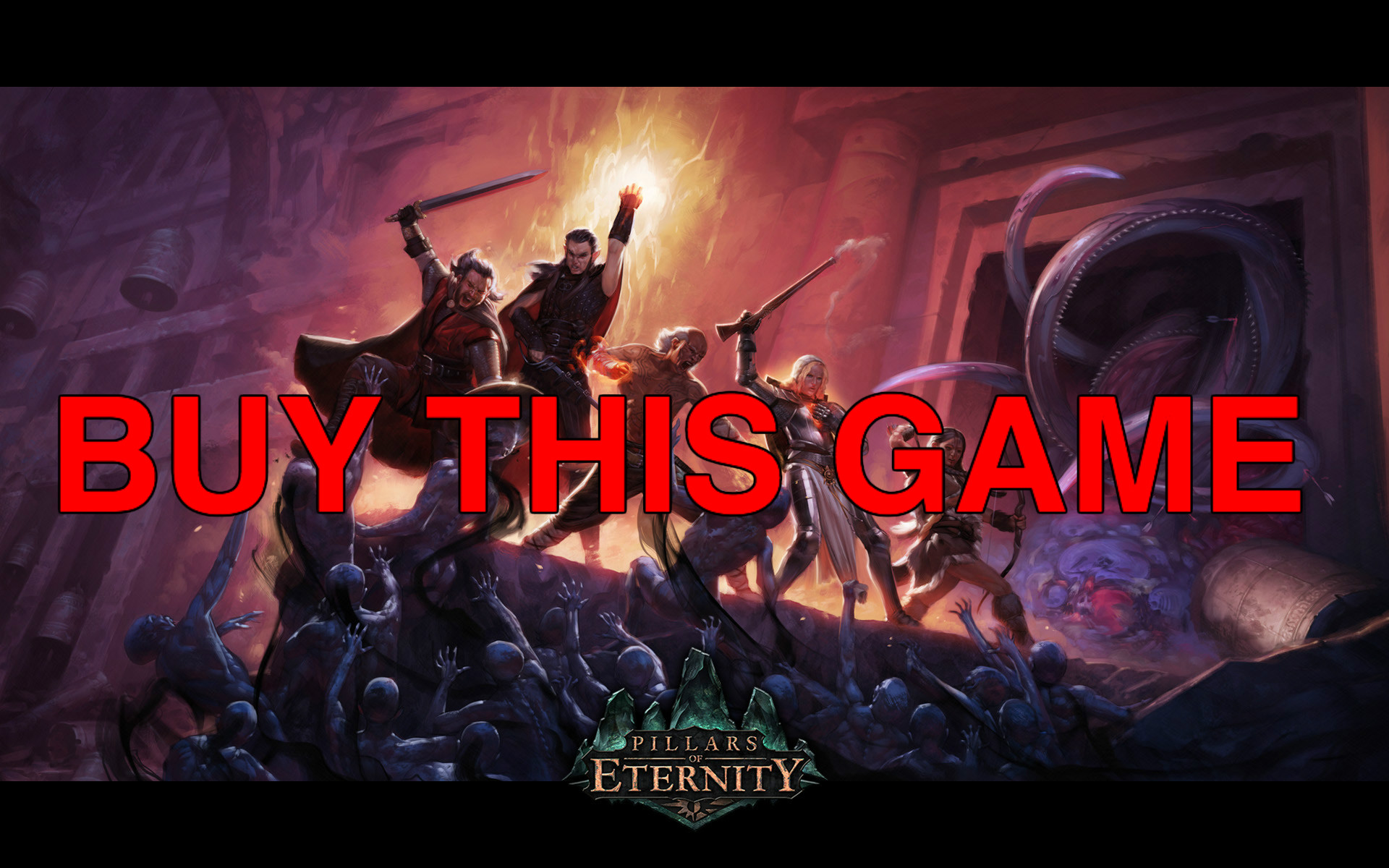
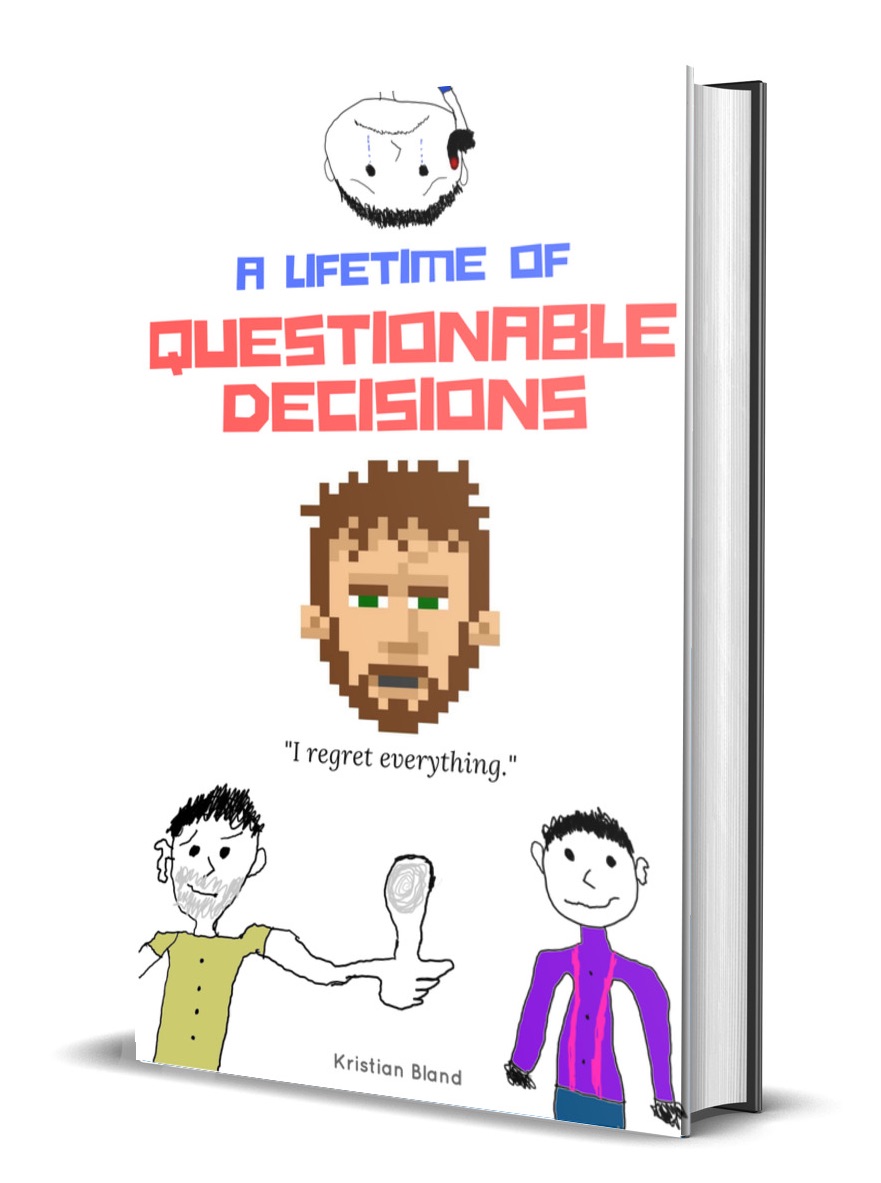



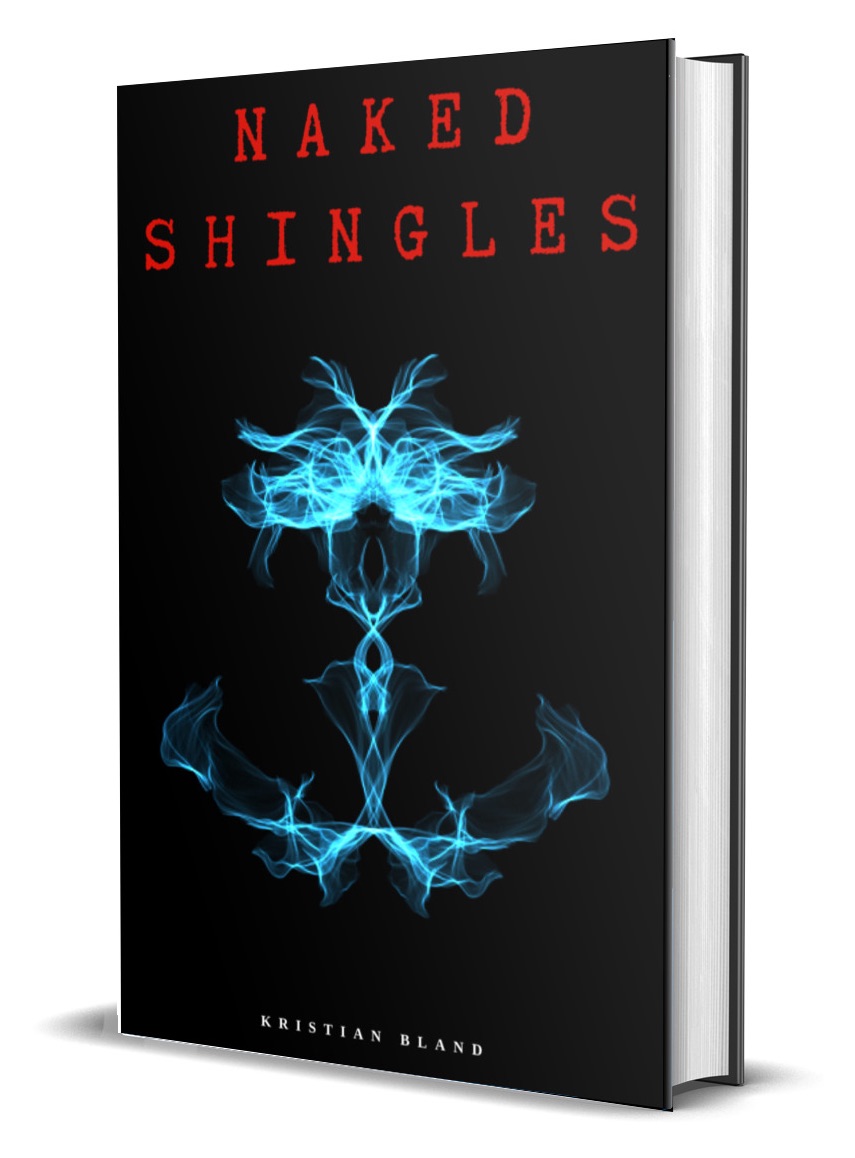
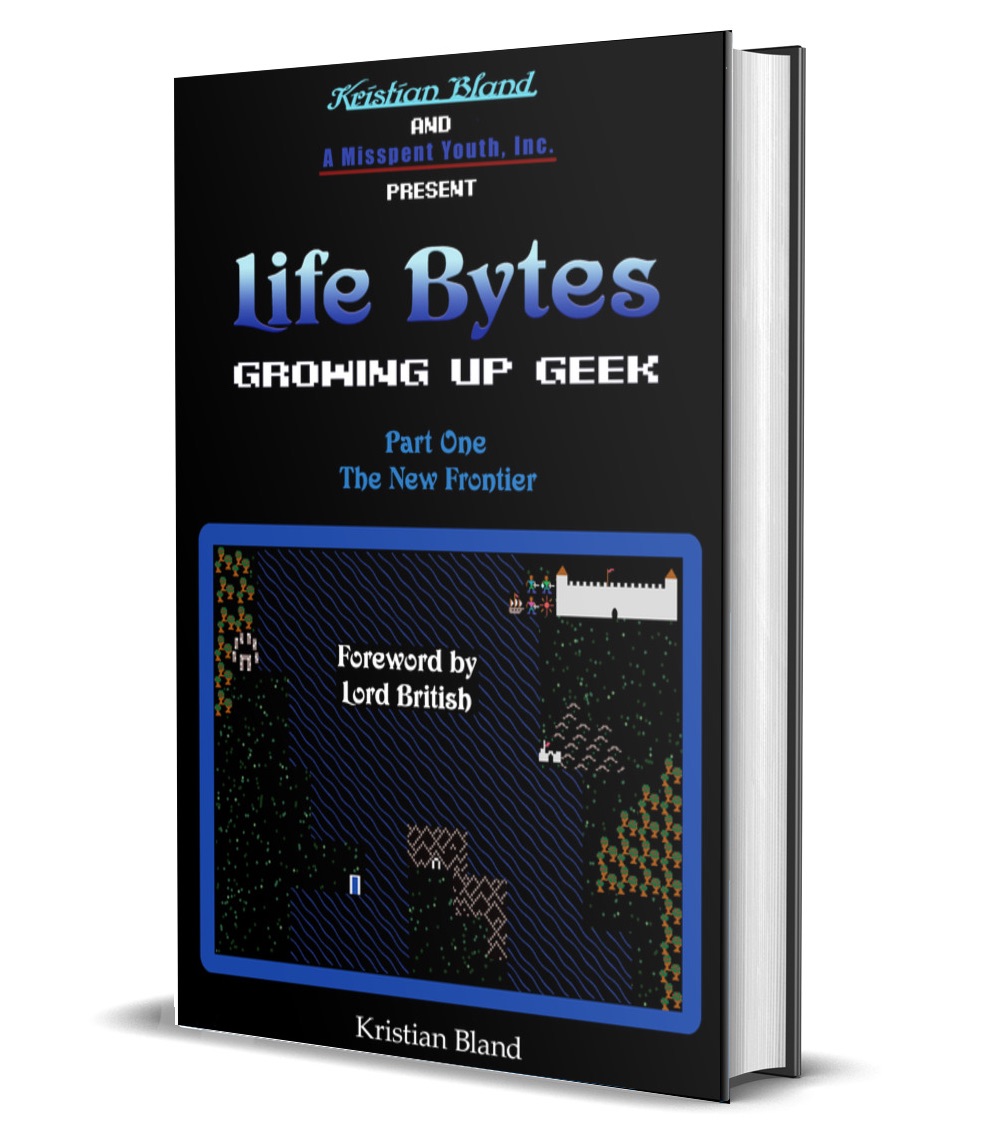
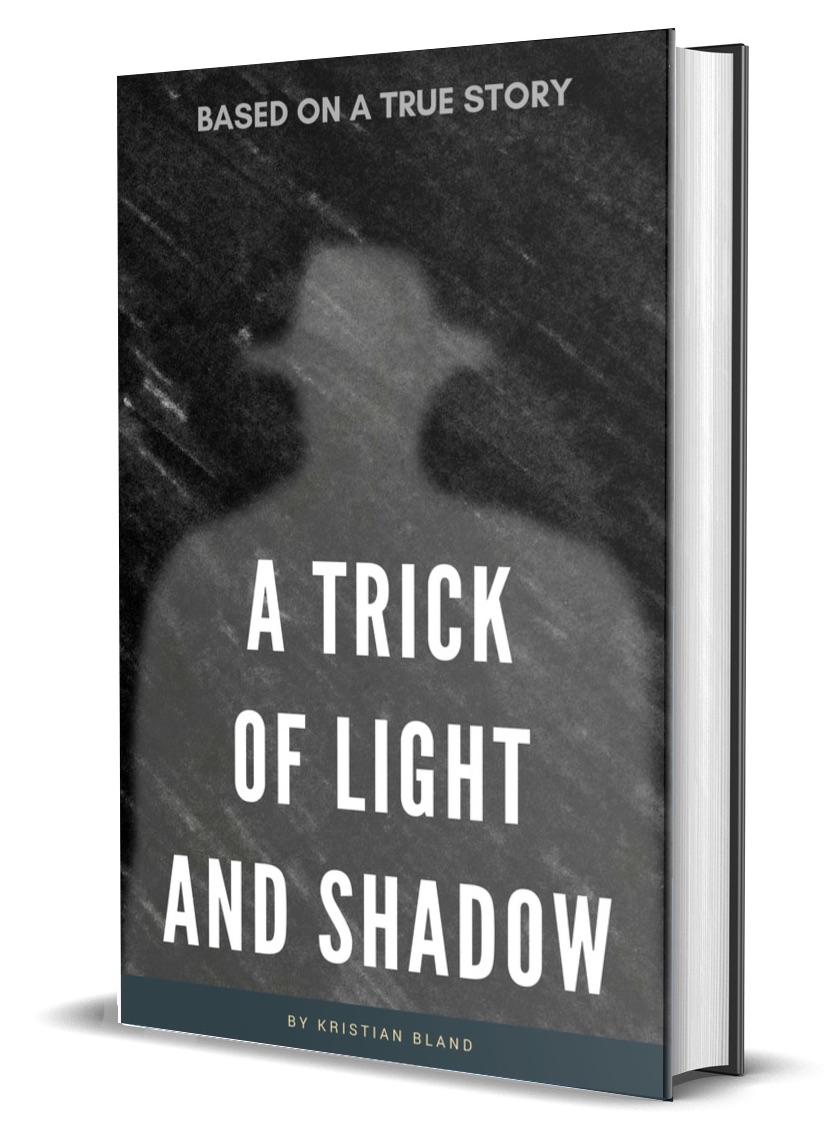
You must be logged in to post a comment.